Categories and sub-categories
The following categories are used to group standards. Each category may have sub-categories which allow for more granularity of standard application.
| Category | Description |
|---|---|
| Architecture | Standards related to the design and structure of systems, including enterprise architecture, systems integration, and security architecture. |
| Benefits | Standards defining the management and realisation of benefits from projects and programmes. |
| Commercial | Standards governing procurement, supplier management, and contract negotiations. |
| Continuity | Standards for ensuring business continuity, disaster recovery, and resilience planning. |
| Data management | Standards governing data management, including data quality, governance, analysis, and security. |
| Finance | Standards for financial planning, management, reporting, and governance. |
| Information and Data Security | Standards for the security and management of data, its control, retention, and disposal. |
| IT Operations | Standards for the management and operation of IT systems, covering areas such as infrastructure, cloud services, and system monitoring. |
| Product and Delivery | Standards related to product management, agile delivery, and project management frameworks. |
| QA and Development | Standards focusing on software development, testing, quality assurance, and continuous integration/continuous delivery (CI/CD) practices. |
| Risk | Standards for risk management, including identifying, assessing, and mitigating risks in projects and operations. |
| Security | Standards for ensuring the physical and cyber security of organisational assets and infrastructure. |
| Sustainability | Standards promoting sustainable practices, including environmental responsibility and energy efficiency. |
| Technical | Standards for the technical implementation of products and services. |
| User-Centred Design and Accessibility | Standards around user experience, accessibility, user research, and service design. |
Sub-categories
| Sub-category | Description |
|---|---|
| Business architecture | Defines and aligns the strategic vision, processes, and organisational structure to achieve business goals effectively. |
| Data architecture | Focuses on designing and managing the structure, storage, and integration of data to support business needs. |
| Enterprise architecture | Provides a comprehensive framework for aligning IT strategy with business objectives, ensuring consistency across systems and services. |
| Network architecture | Designs and implements communication networks, ensuring reliable, scalable, and secure connectivity. |
| Security architecture | Develops frameworks and systems to protect an organisation’s assets from cyber threats and ensure compliance with security standards. |
| Solution architecture | Designs specific technical solutions to address business requirements, integrating systems and technologies effectively. |
| Technical architecture | Defines the technical standards, tools, and infrastructure required to deliver IT solutions efficiently and consistently. |
| Group | Description |
|---|---|
| Analytics engineering | Focuses on designing, building, and maintaining analytics systems and pipelines to process and analyse data efficiently. |
| Data analysis | Involves examining data sets to identify trends, draw conclusions, and support decision-making. |
| Data engineering | Concerned with building and optimising systems for collecting, storing, and analysing data at scale. |
| Data ethicist | Ensures ethical considerations in the collection, storage, and use of data, addressing issues such as privacy, consent, and bias. |
| Data governance | Focuses on establishing and maintaining policies, processes, and standards to ensure the integrity, security, and quality of data. |
| Data science | Combines programming, statistics, and domain expertise to extract actionable insights from complex data sets. |
| Machine learning | Develops and applies algorithms that allow systems to learn from and make predictions or decisions based on data. |
| Performance analysis | Involves evaluating and measuring the effectiveness of systems, services, and processes to optimise performance and outcomes. |
| Group | Description |
|---|---|
| Application operations | Manages the day-to-day running, monitoring, and optimisation of software applications to ensure continuity and performance. |
| Business relationship | Focuses on fostering effective communication and alignment between IT services and business stakeholders to meet organisational goals. |
| Change and release management | Oversees the controlled planning, testing, and deployment of IT changes to minimise disruption and maintain system stability. |
| Command and control | Coordinates and directs IT operations, particularly in high-pressure scenarios, to ensure swift resolution of issues and effective incident response. |
| End user computing | Provides and manages the tools, devices, and support required for end users to perform their roles efficiently. |
| IT service management | Delivers and supports IT services based on established frameworks and best practices, such as ITIL, to ensure quality and efficiency. |
| Incident management | Handles unplanned disruptions to IT services, aiming to restore normal operations as quickly as possible and minimise impact. |
| Infrastructure operations | Manages and maintains the hardware, networks, and systems underpinning IT services, ensuring reliability and scalability. |
| Problem management | Identifies and addresses the root causes of incidents to prevent recurrence and improve overall system reliability. |
| Service desk | Provides a single point of contact for users to report issues, request services, and receive assistance with IT systems. |
| Service transition | Manages the process of deploying new or changed services into operational use, ensuring smooth handover and minimal disruption. |
| Group | Description |
|---|---|
| Business analysis | Identifies business needs, analyses processes, and proposes solutions to help organisations achieve their objectives effectively. |
| Delivery management | Ensures the successful delivery of projects and services by coordinating teams, managing risks, and maintaining focus on outcomes. |
| Portfolio management | Oversees and prioritises a collection of projects and programmes to align with organisational strategies and maximise value. |
| Product management | Focuses on the lifecycle of a product, from conception to delivery, ensuring it meets user needs and business goals. |
| Programme delivery | Manages the delivery of complex programmes, ensuring alignment with organisational objectives and successful outcomes across multiple projects. |
| Service ownership | Accountable for the end-to-end delivery, quality, and performance of a service, ensuring it meets user and business needs. |
| Group | Description |
|---|---|
| DevOps | Combines software development and IT operations to streamline delivery, automate workflows, and improve system reliability. |
| Frontend development | Focuses on creating user interfaces and ensuring a seamless user experience through web and application development. |
| Quality Assurance Testing | Ensures that software meets specified standards and functions as intended through systematic testing and defect identification. |
| Software development | Designs, codes, and maintains software applications to meet user needs and organisational requirements. |
| Test engineering | Develops and implements testing frameworks, tools, and processes to ensure the robustness and reliability of software systems. |
| Test management | Oversees the planning, execution, and reporting of testing activities, ensuring alignment with project timelines and quality standards. |
| Group | Description |
|---|---|
| Archiving and record management | Manages the storage, retrieval, and preservation of records and archives to ensure accessibility and compliance with regulations. |
| Classification | Applies categorisation and labelling systems to organise information and ensure appropriate access and security levels. |
| Data ethics | Ensures the ethical use of data by addressing issues such as bias, consent, privacy, and accountability in data handling. |
| Data handling | Manages the proper collection, storage, processing, and sharing of data to maintain quality and compliance. |
| Data inventory | Maintains a comprehensive register of an organisation’s data assets to support governance, compliance, and usage optimisation. |
| Data protection | Ensures that personal and sensitive data is safeguarded in compliance with laws and standards, such as GDPR. |
| Data retention and disposal | Manages the lifecycle of data, ensuring it is retained as long as necessary and disposed of securely when no longer required. |
| Encryption | Implements encryption techniques to secure data and protect it from unauthorised access or breaches. |
| Personal data | Focuses on the management and protection of personal information to comply with data privacy regulations and uphold user trust. |
| Risk management | Identifies, assesses, and mitigates risks associated with data to safeguard organisational assets and ensure resilience. |
Benefits
Risk
Commercial
Finance
Continuity
Security
Sustainability
| Group | Description |
|---|---|
| Security managements | Ensuring platforms and services are secure. |
| Technical management | Ensures platforms and services meet technical requirements. |
| Sub-category | Description |
|---|---|
| Accessibility | Responsible for ensuring that digital services are accessible to all users, including those with disabilities. |
| Content design | Ensures that content we are creating and managing content is clear, accurate, and easy to understand. |
| Interaction design | How we design user interfaces and interactions, including styles, components, user journeys and prototyping. |
| Service design | Designing services that are easy to use, accessible, and meet user needs. |
| User research | Standards to ensure high levels of quality, ethics and safety in user research activities. |

